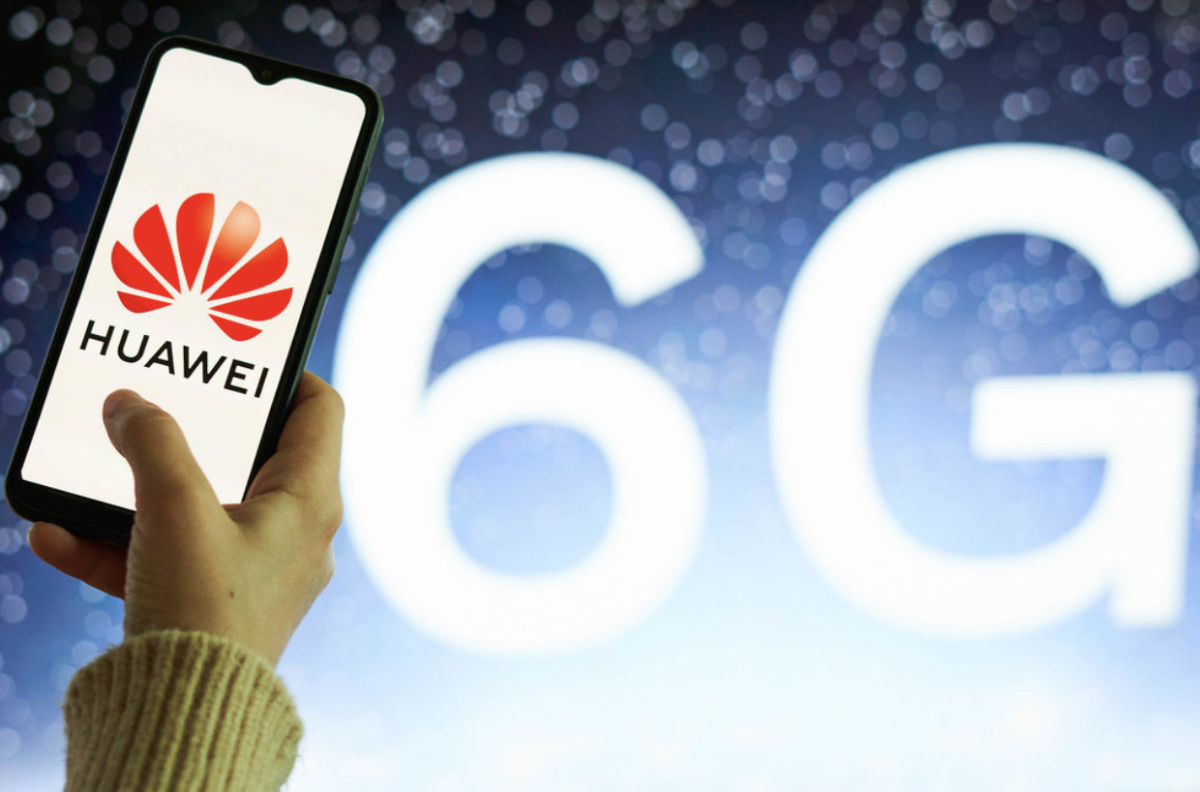Ever since the creation of the internet, people have been able to communicate with each other wirelessly across the world. The internet affects every aspect of our lives from calling our friends and family to communicating the news on the TV. However, now and then, there could be a communication lagging issue on our texts when we run into zones where there is no connection. What would life be like without any issues with texting or calling? Is this type of internet even possible? Well, the recent beta development of i 6G—the 6th generation mobile network—seems to have accomplished this impossible feat.
Although 6G will not be available until early 2030, how could this internet system work? Generation mobile networks can be explained in simple terms. First, the device gets network connections from the cell towers in the area that it is located in. From there, the cell tower connects to one of the many satellites or other cell towers. 6G is the next generation of 5G and the way it is improved is by increasing the frequency waves that help the internet travel faster. The Terahertz system, a way of measuring internet speed, has significantly increased since the introduction of 6G. According to Tech Target, 6G works by being able to wirelessly connect to the measured absorption and adjusting frequencies better than 5G. This implication can lead to speeds that are 1,000 times faster than the speed of the current 5G. The data shows that the rate of 1 terabyte per second is a possible feat in the near future. This is roughly equivalent to downloading 250,000 photos or 250 movies in one second. According to the BBC, China was the first country to send out a 6G test satellite into orbit on Nov. 7, 2020. This will allow China to have some areas of the country, specifically its capital in Beijing, to have faster and more reliable networking. This beta test, done in 2020, was an early sign of new technological development. Now, it is being used to see for future weather forecasting and preparing for natural disasters like forest fires. However, the important benefits of 6G networks lie elsewhere
The use of 6G would help many new technological developments around the world, not only phones. 6G can be used to increase the learning for big data analytics. This can be used to find the population of a country and calculate voting polls a lot faster. This new networking could also be used for faster communications with people around the world in case of an emergency. Moreover, the future of medicine is dependent on 6G with the pace of medical images and other data to be sent quickly and accurately to doctors. According to Scientific America, there is a possibility that 6G could get rid of dead zones. This means there would no longer be areas people can not digitally communicate in. This would dramatically increase public safety in areas that are harder to connect to others like remote deserts or mountain tops where cell towers don’t reach. This can be done through low Earth orbit (LEO) satellites constantly signaling with these hard-to-reach locations. However, the downside is that these projects will cost a lot of money in order to become successful. This is still being tested in labs all over the world.

In the lead of the creation of 6G is Nokia, who has created the Next G Alliance. This group is composed of an impressive assembly of industry titans, including Facebook, T-Mobile, Samsung, Microsoft, Verizon, and other influential companies. They are already working on ways to make 6G available to consumers in the public.
The creation of 6G technology holds promise for revolutionizing global communications and technological advancements. This new form of technology aims to not only change the way smartphones communicate but also change the ways medical and elevating public safety by eliminating dead zones. However, it comes with challenges like needing a lot of time to become open to the public. Hopefully, the Next G Alliance partners led by Nokia can get 6G released soon. After all, the creation of 6G is necessary to progress in the ever-growing age of the 21st century.














































































































































